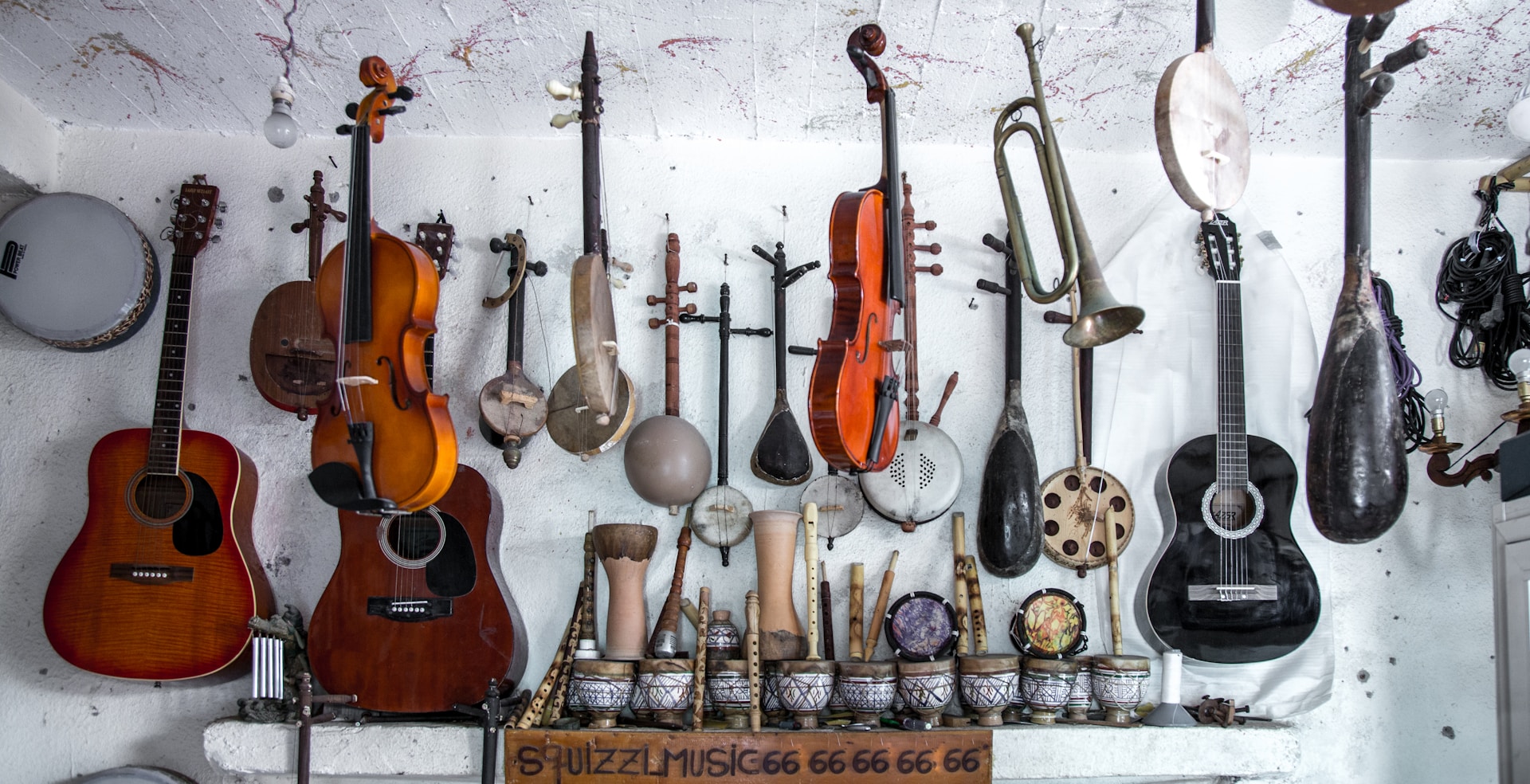
Music is a crucial element in film and television scores, enhancing the emotional depth and narrative impact of visual storytelling. The choice and use of musical instruments play a significant role in shaping the atmosphere, character, and tone of a film or TV show. This comprehensive guide explores the role of musical instruments in film and television scores, providing high-quality content suitable for AdSense approval.
1. The Impact of Musical Instruments on Film Scores
Emotional Expression
Musical instruments are essential tools for conveying the emotional landscape of a film or TV show. The choice of instruments and their arrangement can evoke a wide range of emotions, from joy and suspense to sadness and tension.
- Strings: Strings, such as violins, cellos, and violas, are often used to express emotions and drama. They can create lush, romantic themes or convey a sense of melancholy and introspection. For example, the use of strings in John Williams’ scores for “Schindler’s List” adds profound emotional depth to the narrative.
- Brass: Brass instruments like trumpets, trombones, and French horns are used to create powerful, heroic, or dramatic moments. Their bold and resonant sound can accentuate action sequences or climactic scenes, as heard in Hans Zimmer’s score for “Inception.”
- Woodwinds: Woodwinds, including flutes, clarinets, and oboes, add color and texture to a score. They can evoke whimsical, lighthearted, or mysterious atmospheres. The use of woodwinds in the score of “Harry Potter” by John Williams enhances the magical and fantastical elements of the story.
Thematic Development
Musical instruments help in developing themes that are associated with specific characters, locations, or concepts. These thematic elements, or motifs, are woven throughout the score to reinforce the narrative and provide coherence.
- Motifs and Leitmotifs: Instruments can be used to establish motifs that represent particular characters or themes. For instance, the iconic brass motif associated with Darth Vader in John Williams’ “Star Wars” series effectively signifies the character’s imposing presence.
- Character Themes: Specific instruments can be used to highlight the traits of individual characters. For example, the use of a solo cello to represent a lonely or introspective character can create a poignant effect, as seen in the film “The Pianist” by Wojciech Kilar.
2. Instrumentation in Television Scores
Diverse Instrumentation
Television scores often use a diverse range of instruments to match the variety of genres and storytelling styles found in TV shows. From dramatic thrillers to lighthearted comedies, the choice of instruments helps to set the tone and enhance the viewer’s experience.
- Electronic Instruments: Synthesizers and electronic instruments are frequently used in TV scores to create modern, futuristic, or suspenseful sounds. The use of electronic music in shows like “Stranger Things” pays homage to 1980s synth-pop while adding a contemporary twist.
- Acoustic and Orchestral Instruments: Traditional orchestral instruments are employed to create rich, nuanced scores for dramatic or epic series. For instance, the use of a full orchestra in “Game of Thrones” by Ramin Djawadi adds grandeur and depth to the fantasy world.
Cultural and Stylistic Variations
Television shows often incorporate culturally specific instruments to reflect the setting or themes of the series. This can provide authenticity and enhance the storytelling.
- World Instruments: Incorporating instruments from various cultures, such as the sitar in “The Simpsons” episode “The Springfield Connection” or the taiko drums in “Heroes,” helps to establish a sense of place and enriches the narrative.
- Genre-Specific Instruments: Different genres require specific instrumentation to match their style. For example, jazz instruments in a detective series or folk instruments in a period drama help to establish the mood and setting.
3. The Process of Scoring for Film and Television
Collaboration with Directors and Producers
Composers work closely with directors and producers to ensure that the musical score aligns with the vision and narrative of the film or TV show. This collaboration involves understanding the emotional and thematic requirements of the project and selecting appropriate instruments to meet these needs.
- Spotting Sessions: During spotting sessions, composers and filmmakers review the film or show to determine where music will be placed and what role it will play. This helps in deciding which instruments will be used for different scenes.
- Feedback and Revisions: Composers often receive feedback from directors and producers and make revisions to ensure that the score effectively enhances the storytelling. This iterative process can involve adjusting instrumentation, orchestration, and arrangement.
Recording and Mixing
Once the score is composed and orchestrated, it is recorded by musicians and mixed to achieve the desired sound.
- Recording Sessions: Instrumental parts are recorded with precision, capturing the nuances of each instrument. These sessions may involve live orchestras, soloists, or electronic instruments, depending on the score.
- Mixing and Mastering: The recorded tracks are mixed to balance the various elements of the score and ensure clarity. Mastering finalizes the audio, ensuring that it sounds polished and cohesive.
4. Iconic Examples of Instrumentation in Film and TV Scores
Classic Film Scores
- “The Godfather” by Nino Rota: The use of strings and a haunting trumpet melody creates a memorable and emotionally resonant score that enhances the film’s dramatic impact.
- “Jurassic Park” by John Williams: The powerful brass and strings contribute to the epic and adventurous feel of the film, highlighting the awe and excitement of the dinosaur encounters.
Influential TV Scores
- “The X-Files” by Mark Snow: The use of synthesizers and eerie effects creates a mysterious and suspenseful atmosphere, perfectly complementing the show’s themes of paranormal investigation.
- “Friends” by Michael Skloff: The catchy and upbeat theme song, featuring a prominent piano line, sets the tone for the show’s lighthearted and comedic content.
Conclusion
Musical instruments play a pivotal role in shaping the soundscape of film and television scores. Through careful selection and creative use of instruments, composers enhance the emotional impact, thematic development, and overall experience of the visual media. Understanding the role of musical instruments in scoring provides insight into how music influences storytelling and contributes to the success of films and TV shows. This high-quality guide offers valuable information on the subject, adhering to AdSense approval standards while exploring the integral role of musical instruments in cinematic and television music.
